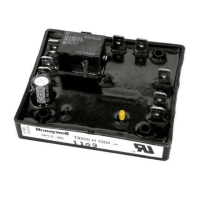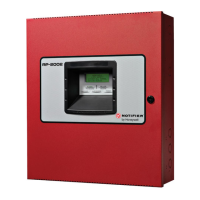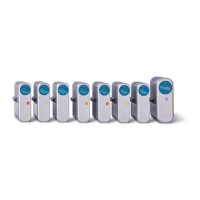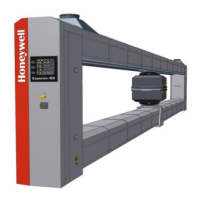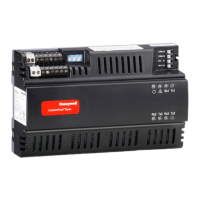4. c.
(4) (b) Climb
Once the aircraft is airborne, the pilot normally engages the
AFCS (autopilot) and selects flight level change. When FLCH
climb is initiated, the autothrottle smoothly sets thrust to an
appropriate level to accomplish the climb; the AFCS controls
airspeed through the elevator.
In a large-step climb, the
autothrottle sets and maintains thrust at the selected engine
rating (usually maximum climb EPR). Without an autothrottle,
the pilots would have to constantly monitor engine parameters
and make throttle adjustments throughout the climb.
In a
small-step climb, a unique proportionality scheme provides an
appropriate energy level while always ensuring a minimum rate
of climb. This reduced-thrust-level feature for small climbs
has been popular with the pilots.
Other flight guidance modes can be used for climbing. Pitch
hold is the default mode for the AFCS.
If the autopilot is
engaged without selecting
a mode, it maintains current pitch
angle while the autothrottle controls airspeed (within engine
limits). When vertical speed mode is selected, the AFCS
controls the aircraft rate-of-climb and the autothrottle
maintains selected airspeed.
If the autothrottle is unable to
achieve the desired airspeed without exceeding engine limits, a
power-limit message is displayed to the pilot.
(c) Cruise
As
the airplane nears the selected cruise altitude, the AFCS
automatically initiates an altitude capture and the
autothrottle smoothly transitions to controlling airspeed.
Control laws have been developed to give a smooth transition
with good speed control and without excessive throttle
movement. Altitude hold by elevator control (AFCS) and speed
hold by throttle control (autothrottle) are the normal modes of
operation in cruise.
Several features of the autothrottle control laws contribute to
the overall low-activity design. Complementary filtering uses
measured airspeed together with inertial acceleration in
varying proportions as a function of altitude and phase of
flight. Aircraft drag information included in the autothrottle
is used to anticipate thrust change required to compensate for
configuration changes (flaps, landing gear, and turns).
Also, control of aircraft acceleration and deceleration is
programmed to smoothly capture a new selected airspeed. These
features, together with appropriate gains, provide accurate
speed control with minimal throttle activity.
22-14-00
Page 298.182
Apr 15/93
Useor disclosureof information onthispage issubject totheresttictionsonthetitle page of thisdocument.

